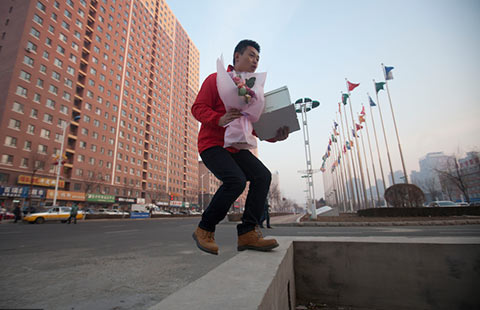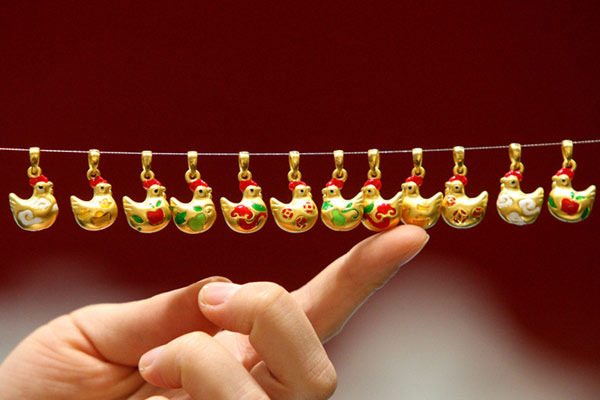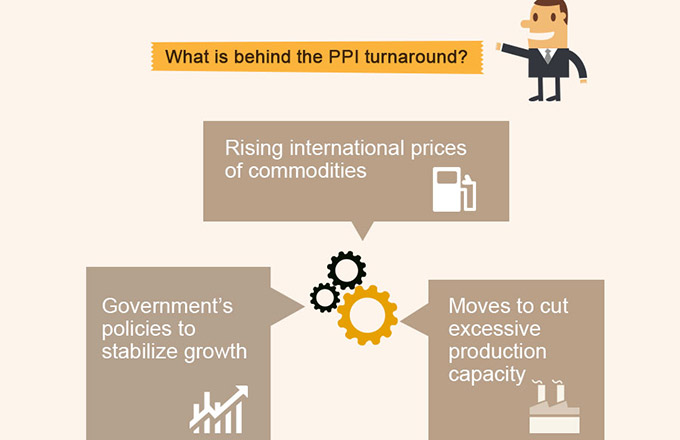Path set for stable, healthy growth
 |
|
A worker checks the machine operations in Fuqing, Fujian province on Oct 25, 2016. [Photo/Xinhua] |
Top Party meeting agrees that five tasks will be given priority
China will forge ahead with its supply-side structural reform aimed at cutting excessive capacity and lowering enterprises' costs, moderately expand demand and promote innovation next year to achieve stable and healthy economic growth, according to a top Party meeting on Friday.
"Seeking progress while maintaining stability will be the principle of economic work for China next year," according to a statement released after the meeting of the Political Bureau of the Communist Party of China's Central Committee. The meeting was presided over by President Xi Jinping.
It said efforts should be made to promote stable growth, reform and people's well-being and to prevent risks.
Priority will be placed on five major tasks: cutting excessive capacity, destocking, deleveraging, reducing corporate costs and shoring up the economy's weak links, the meeting agreed. Additionally, the real economy sectors will be boosted.
The country will push ahead with the Belt and Road Initiative aimed at boosting trade and connectivity across Asia, Europe and Africa.
It will also expand its opening-up and act to attract foreign investment, according to the meeting, which was held ahead of the annual Central Economic Work Conference later this month. At the conference, top leaders will map out the country's economic and reform agenda for 2017.
China's economic priority next year should be stability, according to a Citibank report.
It added that China still has ample policy tools to shore up next year's growth, which is expected to reach 6.5 percent.
A series of recent economic indicators have pointed to stabilizing growth, with prices beginning to pick up moderately in November, indicating rising economic activity.
China's consumer price index, a gauge of inflation, rose by 2.3 percent year-on-year in November, the fastest in six months.
The producer price index, which measures factory-gate prices, continued to pick up to reach 3.3 percent, the National Bureau of Statistics said on Friday.
The CPI hit 1.3 percent in August, the lowest this year, and the PPI was -5.9 percent at the start of this year, triggering concerns that the country could be sliding into a deflationary cycle.
But the rising consumer and producer price indexes in November, together with other indicators, show the economy could have started to stabilize, analysts said.
Raymond Yeung, chief economist for greater China at Australia & New Zealand Banking Group Ltd in Hong Kong, told Bloomberg that "China has entered a new inflationary cycle".
However, China's real estate prices remain at high levels, and it faces the threat of asset bubbles, which means China's monetary stance may remain moderately tight, said Jiang Chao, an analyst at Haitong Securities.

















